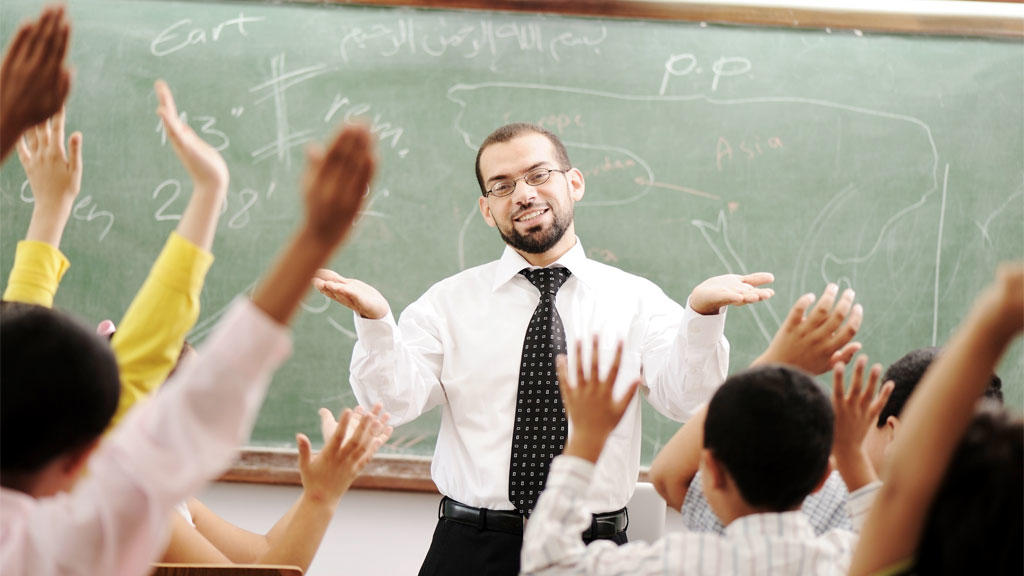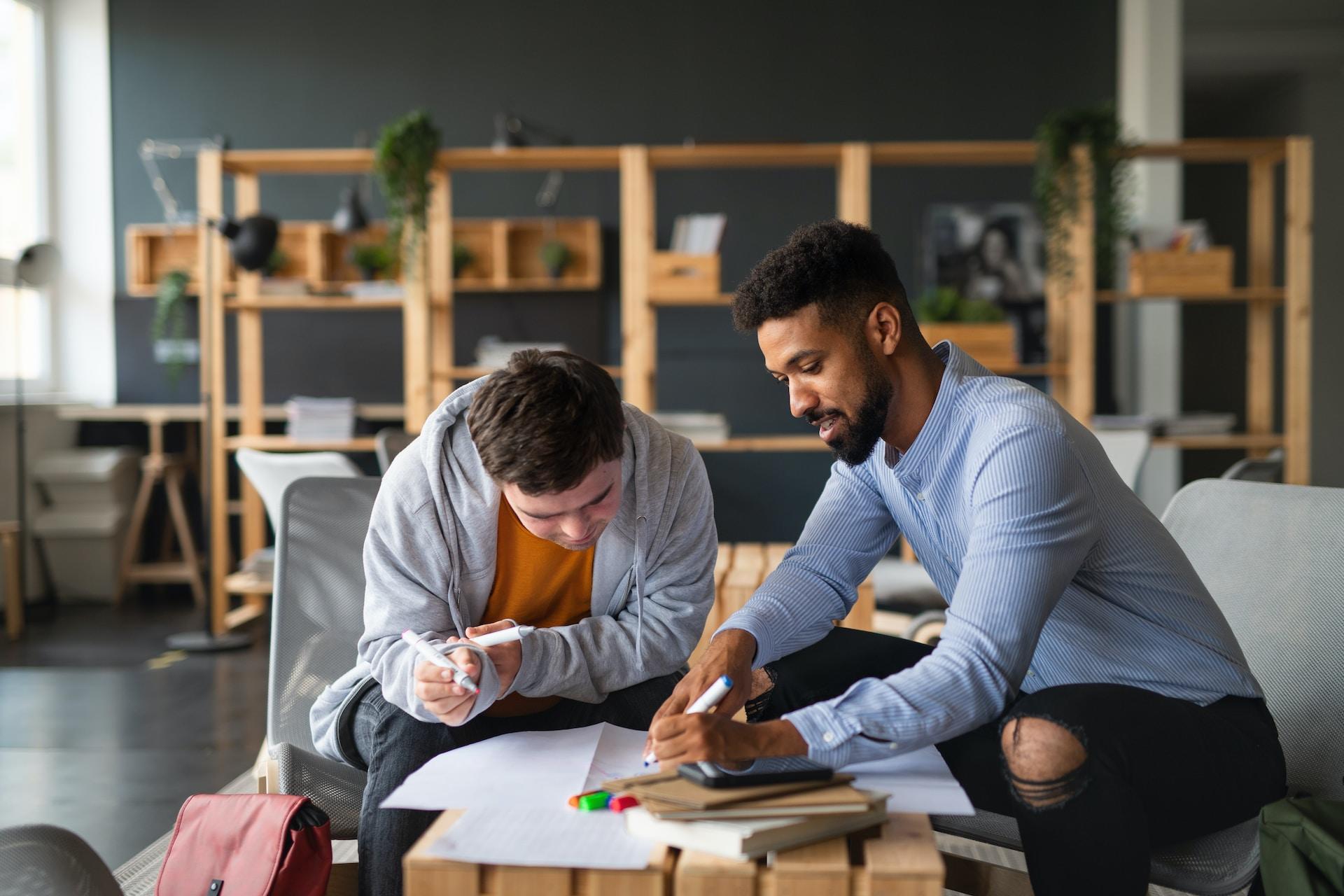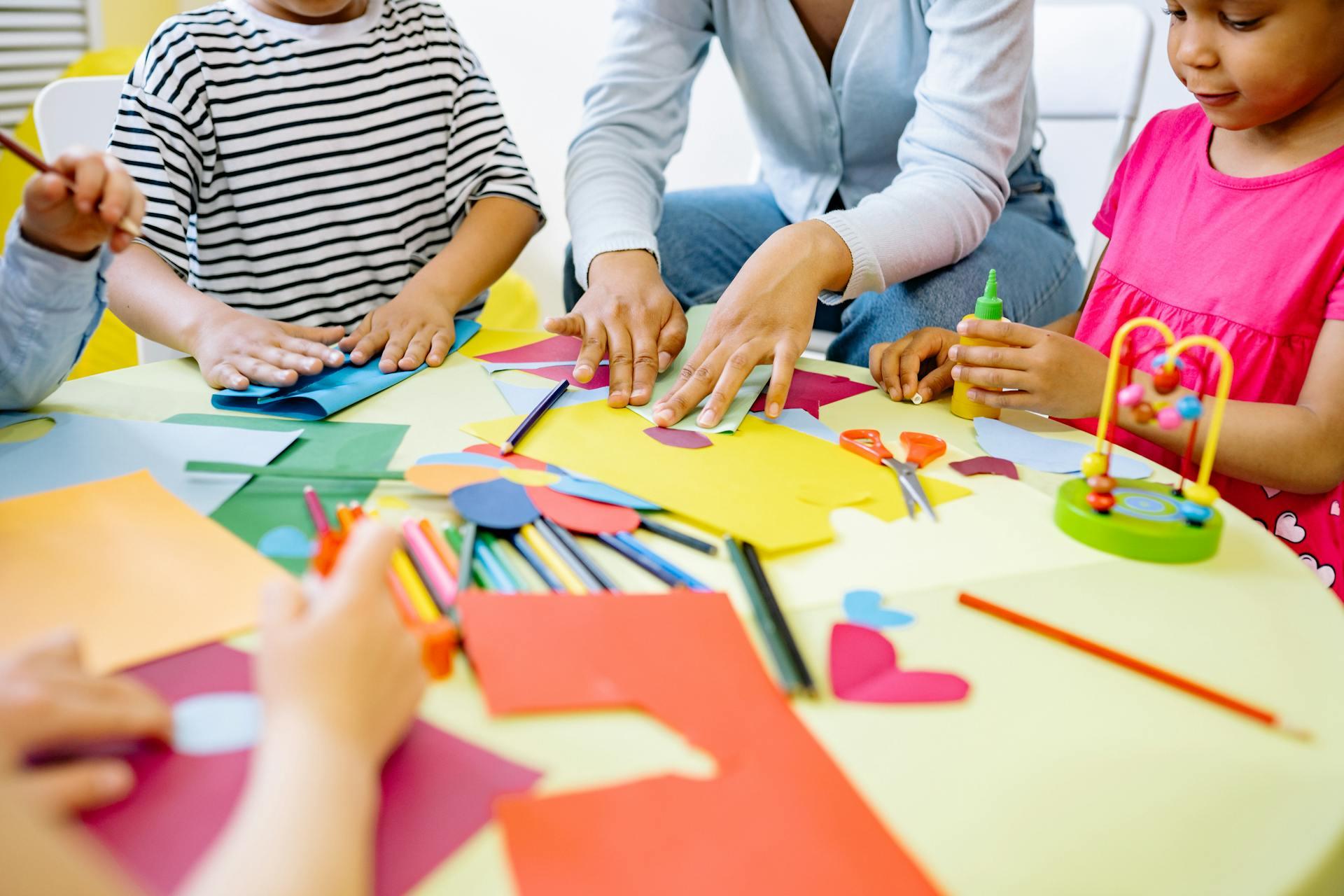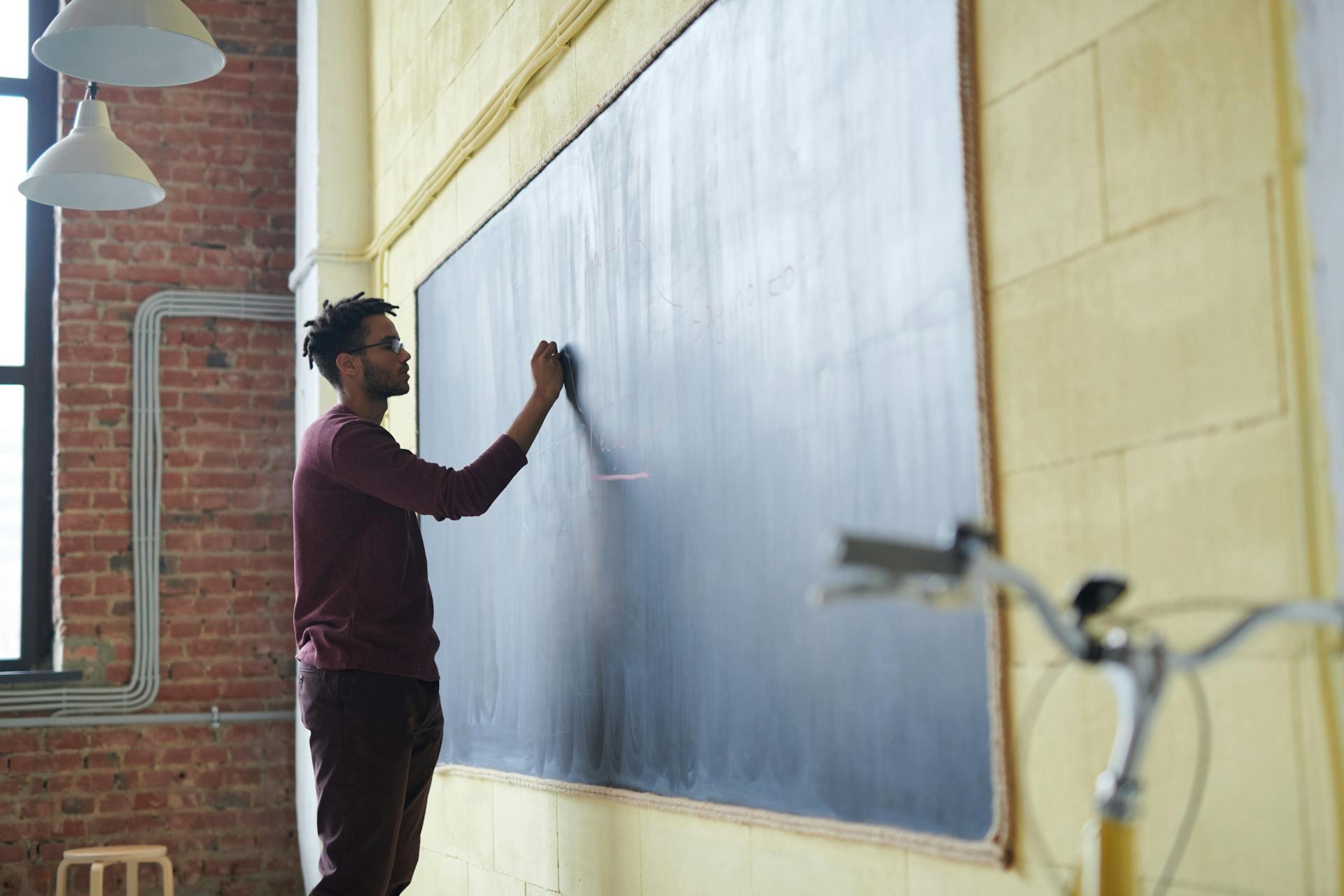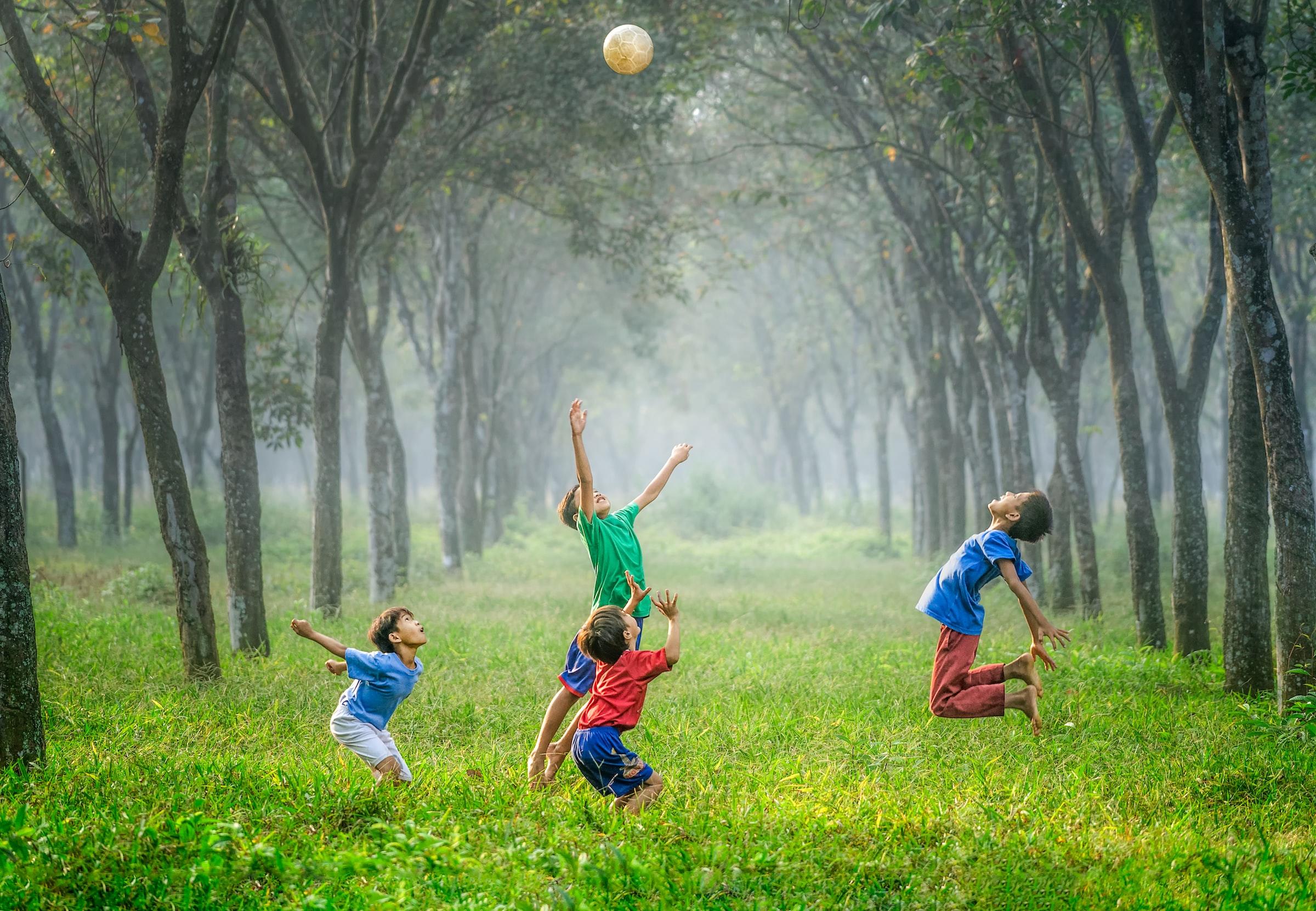Learning is a complex process that requires effort, motivation, and perseverance. However, traditional study methods often fall short when it comes to long-term retention of knowledge. That's where varied practice comes in. Varied practice involves practising different skills or topics in a non-repetitive manner, which can optimize your learning abilities and improve your performance. In this article, we will discuss the power of varied practice for optimal learning and why it's essential to incorporate it into your study routine.
Varied practice is based on the principle of the "testing effect," which suggests that practising different skills or topics in a non-repetitive manner improves long-term retention and retrieval of information. When we practice a skill or topic repeatedly, we tend to memorize the steps without fully understanding the underlying concepts. In contrast, varied practice encourages us to use different strategies and problem-solving techniques, which enhances our understanding and retention of information.
Want to give private lessons?
Join the Superprof community and share your knowledge with interested and motivated students.
How should we practise a skill?
When it comes to any kind of practice, whether it be the practice of a skill in sport, academia or just a general day-to-day skill, the way we execute our practice has a great impact on the efficiency of the way we learn, retain and use our skills. Therefore, it’s important as educators that we understand the different types of practice that exist, along with the ideal circumstances to employ them with our students in order to achieve the best possible results. The different types of practice we’ll talk about today include, fixed practice, distributed practice and mass practice; they are approaches that should all be used and have their own respective strengths and weaknesses, which we will aim to understand by the end of this article. We will also briefly go over the idea of a closed skill and an open skill, and the parts they play when performing complex activities that require practice.
What is a closed skill?
A closed skill is an isolated movement, action or procedure that can be performed, and most importantly practised, outside of the wider context in which it is intended to be used. Let’s use sport as an example because it is rife with closed skills which come together in a match despite being practised in isolation. Most ball sports consist of dribbling (or moving with the ball), passing and scoring in some way or another. Some of these individual actions can be isolated as closed skills, meaning we can practise them in large volumes on their own, we can set up drills and activities designed to specifically improve these individual aspects of the wider game. Another easy example of this type of skill is in cooking; sure we could practise the entire recipe from start to finish, but in cooking school, students might practise their cutting techniques, stirring, basting, blending… You name it, they can transfer their skills from recipe to recipe, and it's all thanks to their refinement of individual skills rather than plainly memorising each recipe. An obvious benefit of this is that it opens up chefs to be creative and create new recipes by mixing and matching these closed skills. However, this is where the definitions get blurry.
Introducing the open skill
Well if a closed skill is a single action or procedure in isolation, it follows that the skills that aren’t practised in isolation would be open skills, but what exactly does that mean? Let’s run through some examples. Back to the example of sports, players can practise their passing and shooting as much as they like, but when it comes to a real game, all sorts of new factors come into play that they cannot account for in closed skill practice. Think, for example, about trying to dribble the ball past a defender in football; even if you’ve practised a thousand times against a static barrier, the real defender will be moving and dynamic, and might not ever make the exact same challenge twice. This is why dribbling is considered an open skill, not only relying on the mechanical input of the player and the ball, but also on the player’s perception skills and reaction to an ever-changing environment. You might think to yourself that it’s hard to categorise the two types and you’d be right, this is just a general rule of thumb. Think back to cooking for example, since no two ingredients will be the exact same, technically we could say that every skill in the kitchen, besides equipment maintenance and cleaning, are open skills, however, this is a good place to distinguish the two as well; we do so by saying that the environment determines what is and isn’t an open skill, a chaotic and evolving kitchen environment is different to just following a recipe at home, but in the end, that’s what makes the difference between a home cook and a pro chef, or a group of the same friends having a kickabout compared to an international team, facing an unpredictable adversary in a tournament. It’s important as educators that we understand the difference and values between the two and use them in our teaching to give our students the best preparation they can have before they put their skills into practice.
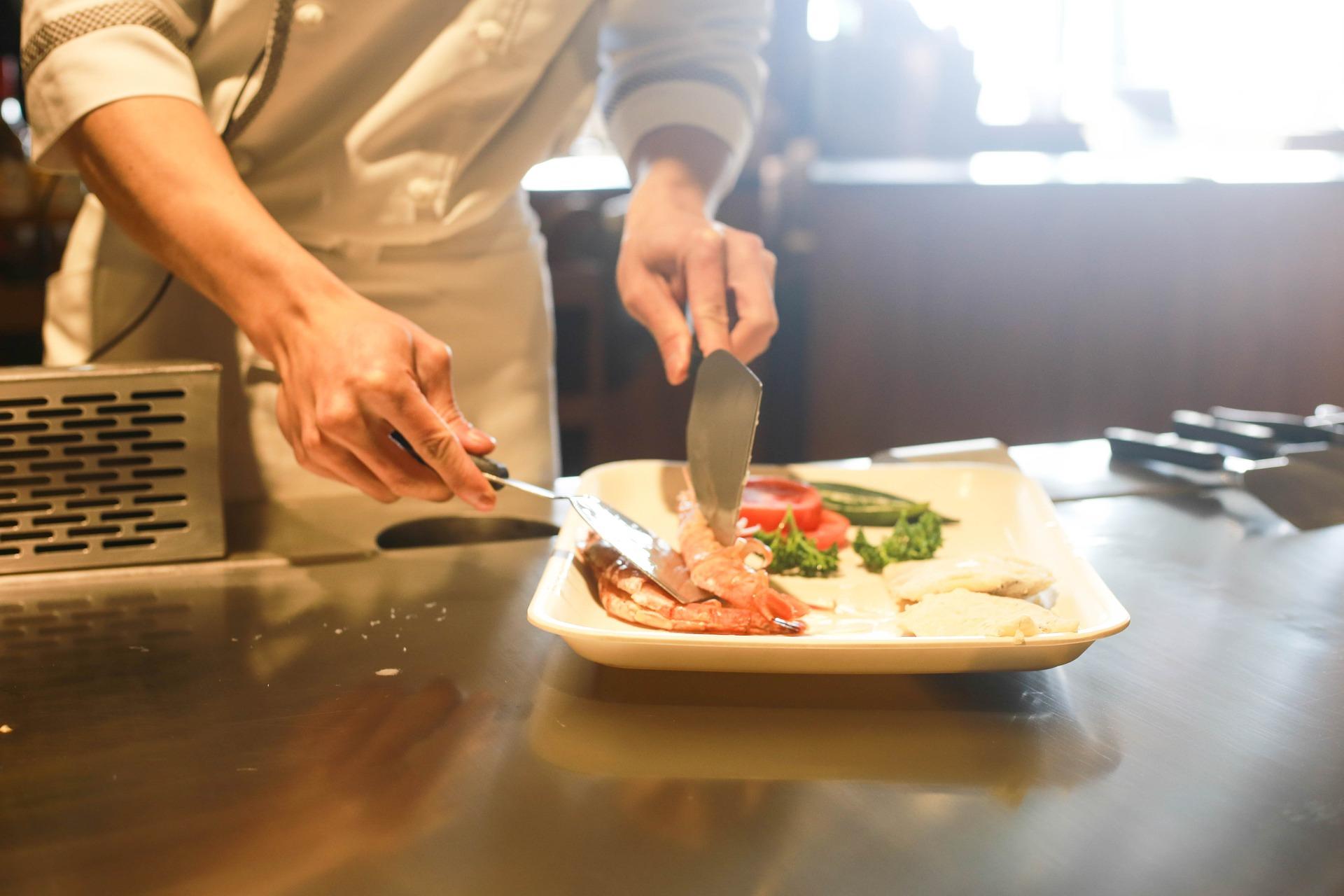
Fixed, Distributed and Massed Practice
Finally, we can look at the different methods of practice and how they can be understood and used to elevate the efficiency of the practice as a whole. This all ties into the simple yet effective philosophy of “Whole part, Whole practice” in which an overall skill (such as football) is broken down into parts that are practised individually, before practising the whole thing together and so on.
Fixed: This kind of practice refers to the practice of the entire skill in one go, that is to say, we do not break down the skill into several parts. This kind of practice is best applied to disciplines and sports which are made up of mostly closed skills. To give some examples, swimming can employ this method, since the sport is usually an isolated action which can be seen as the athlete competing against themselves; the environment isn’t likely to change and the conditions will very often be the same. The same can be said of a sport like a golf, where a golf player can simply practise on a course before a tournament (so long as it’s not the days immediately before said competition).
Distributed: A full 90-minute game of football or a comparable sport is a big undertaking, and unlike the aforementioned sports, it’s not really possible to practise specific things by playing a full unpredictable match. This is where distributed practice comes in; it’s where we break the whole thing down into different components and practise them in intervals, taking breaks in between to not only consolidate the practice we just did but to mentally play out and prepare ourselves for the next thing. This approach gives us a chance to rest up between intense activities and have some time to think about the theory behind the activity we just practised.
Massed: When specifics and technique matter most, we might want to employ the massed practice. This kind of practice targets a specific action within our learning, take for example, the serve in tennis, where the most important component of improvement is repetition. Sure, we could research the theory behind the technique at length and study other players, but the only way to get really precise with something like a tennis serve is the real mechanical practice of the skill. An example of massed practice in this context would be a drill where players would take turns to practise only the serve and return and stop the play after this first exchange to start over. This would be repeated many times, like repetitions of an exercise in a gym; much in the same way, the players, through their sheer repetition would see a gradual improvement the more they do this, the mind can be thought of as a muscle after all and therefore, muscle memory is just as important to train as the muscles themselves since sometimes our raw reactions aren’t enough to match a well-practised opponent.
How should we use these techniques as educators?
Now that we understand these different types of practice, it’s important that we understand how and when we should employ them to the best effect for our students. So to recap, we should be using fixed practice when the whole skill being practised is in a static or unchanging environment, and the skill itself is very individual and similar with each repetition, i.e. swimming, distance running, reading, javelin throwing etc. You can help your students with this by reviewing each attempt and giving detailed feedback to use in their next attempt. Distributed practice is best for long tasks with lots of intricacies, where we can get our thoughts confused and muddied by tackling too much at once, such as long-form sports like football, flying a plane, or even being a designer. As an educator, you can make drills and exercises that help students focus their energy on each individual part of the discipline and allow you to direct your feedback at the parts which need improving the most.
Finally, we have massed practice, which we should use when the small details and precision of skill are the most important, we can use this for very specific yet pivotal actions within disciplines, casting a fishing line, serving in tennis or badminton, specific anatomy in drawing. It’s important that we approach our students with understanding and support here since most of the development will have to come from themselves. We can support them by giving them tips that helped us while we were practising, encouraging them and incentivising them to put more volume into their practice, with rewards, compliments and even competition, where they will get the opportunity to see how far they’ve come and keep going.
It’s also important to mention that no single one of these techniques is always going to be the best for a given situation and, often, sports and other disciplines are too complicated to be pigeonholed into just one technique, however now that you know the patterns and the reasoning behind why these techniques are so potent when used correctly, you can use your own intuition to adapt them to your own benefit as an educator. Whether you're a beginner or an experienced storyteller, the following article on Storytelling offers valuable insights and techniques to enhance your craft and connect with your audience on a deeper level.
The other articles will help you understand how the brain works and why some of these techniques work, as well as provide more insights to bolster your tuition expertise. In any case, thanks for reading and check back soon for more.
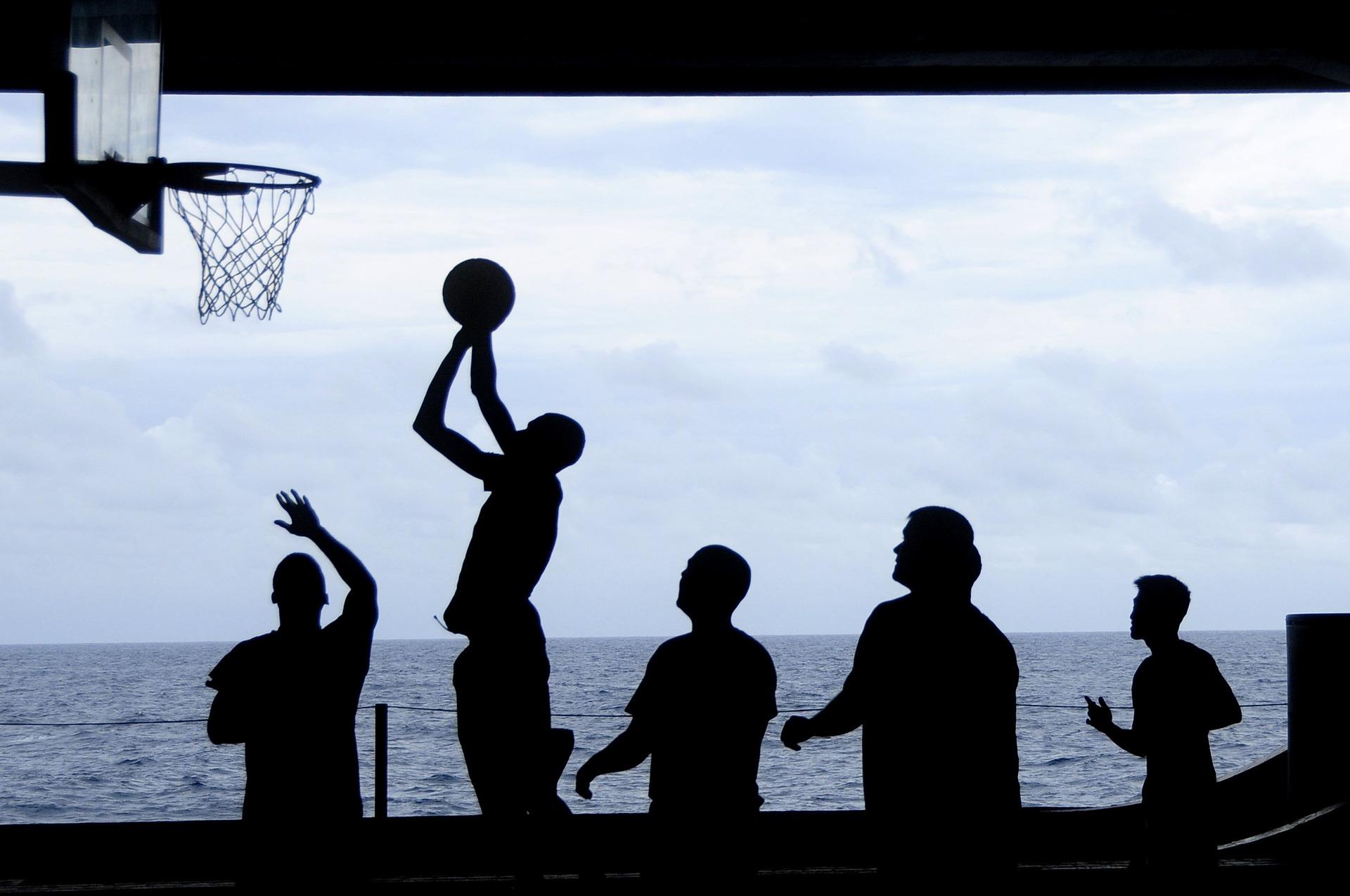
The power of varied practice for optimal learning cannot be overstated. Incorporating varied practice into your study routine can optimize your learning abilities, enhance your retention and retrieval of knowledge, increase your motivation, and improve your problem-solving skills. By mixing up your practice topics, introducing challenges, and using different problem-solving strategies and techniques, you can take your learning to the next level and achieve your academic goals.
If you’ve still some time on your hands, or you find yourself with time later, why don’t you check out some other articles on the future of AI, here on Superprof.
Want to give private lessons?
Join the Superprof community and share your knowledge with interested and motivated students.







